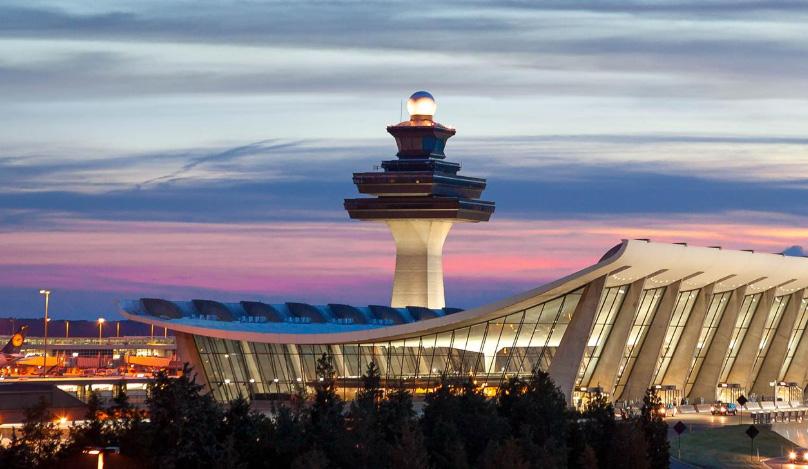
Airports can take five critical actions to best prepare for disruption of their business operations from the COVID-19 virus, the head of Washington DC airports’ emergency management team says.
Airports should review their emergency plans, practice implementation, test their systems, organize their communication plans and prepare their messaging, Stephanie Murphy told ATW. Murphy is assistant VP- preparedness, resiliency & emergency management at Tidal Basin Government Consulting in Virginia and emergency management and preparedness manager for the Metropolitan Washington Airports Authority that oversees Washington Dulles, Washington National-Reagan and Baltimore Washington airports. Murphy also co-chairs the American Association of Airline Executives’ emergency management working group.
“Airlines and airports are in a much better place now for preparing for all types of hazards, not just COVID-19, relative to previous crises like 9/11,” Murphy said, pointing out that airports regularly deal with emergencies like hurricanes, floods and security alerts.
With the virus outbreak, US airports are in “protect and prevent” mode, she said. They are being proactive and implementing safeguards for staff, travelers and stakeholders that include social distancing and use of heavier disinfectants and gloves, while also looking to see how they can ensure operational continuity even if staff levels are reduced by 30% or more.
Airports are working closely with partners like FAA and TSA on those continuity plans, she said. One advantage that the industry did not have during the 9/11 crisis is the much higher levels of automation today that reduces physical touch points, such as check-in, self-bag drops and boarding pass scanners.
“We are finding those literal touch points that we can automate and identifying where the critical touch points are,” Murphy said.
Airports should focus on two primary missions—maintaining business continuity and ensuring resources and policies are in place to support operations, she said. The recommended five-point plan to support those missions starts with reviewing an airport’s emergency management plan.
“Continuity planning is foundational to addressing a pandemic,” Murphy said. “Work out a leadership succession line in case the current leadership is not available. Figure out now who has delegated authority and what sign off authority means.
Second, practice implementation of the business continuity plan now.
“Look at staff training and practice now. Have your workforce work from home now so you find the weak points. Simulate the environment for people working from alternative locations. Does their computer give them the access they need?”
The third action point, Murphy said, is to test systems. “A simple drill may be to have employees send an email to stress the networks to see what happens when a significant number of workers try to access the server at the same time. Gauge whether existing cloud service providers have their own plans for disruptions. Can electronic signatures be accepted?”
Murphy said it’s also important to verify contracts with service companies remain valid and to know how cleaning providers are prioritizing their resources given that they also be servicing schools and hospitals.
The fourth point, communications, is “one of the biggest issues for any organization that has anything to do with human,” Murphy said. Airports need to have a two-way communications plan that gets key information out quickly to employees and stakeholders and ensures employees can contact them if they get sick or need assistance.
Finally, airports should prepare their messaging ahead of time. “They should have a pre-scripted message ready from the highest level to the PR offices,” she said.





